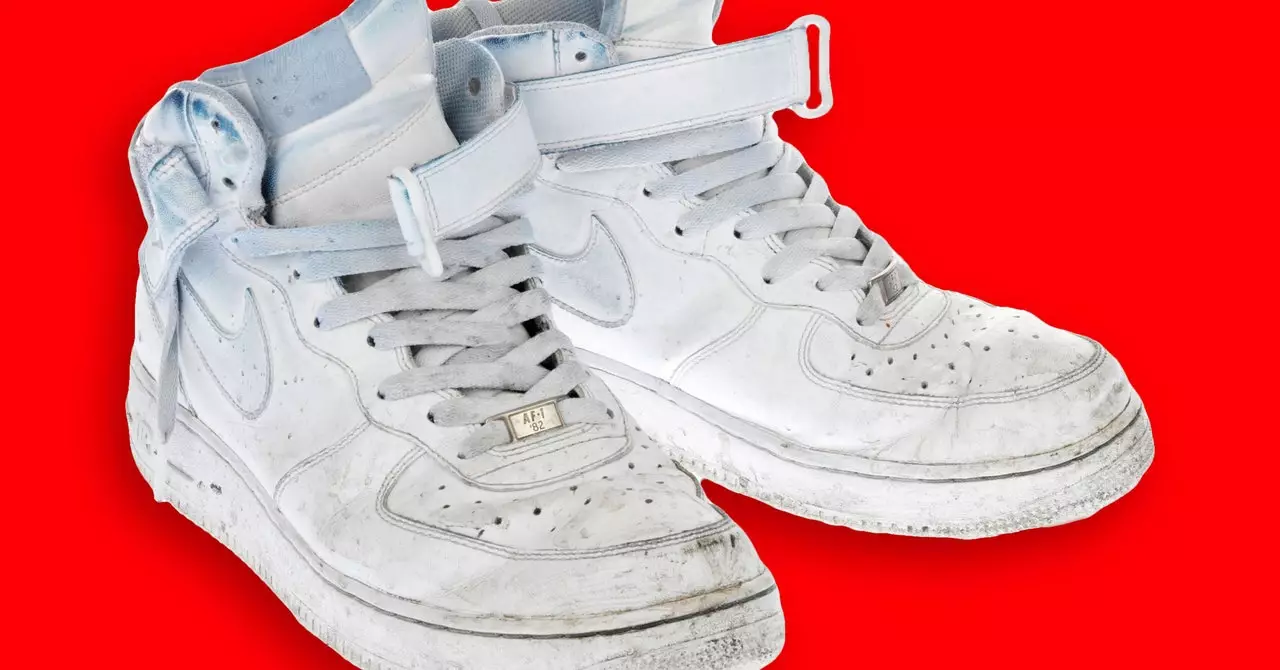When John Donahoe stepped into the role of CEO at Nike, he initiated a transformative strategy that would prompt both upheaval and reflection within the company. One of the most contentious moves was the restructuring of Nike’s product and marketing departments. The traditional categories that had long defined its branding—running, football, basketball, and fitness—were replaced by simpler, gender-oriented labels such as “men,” “women,” and “kids.” While this approach aimed to streamline branding and enhance market accessibility, it inadvertently created a schism with the designers and marketers who identified deeply with these athletic communities. As a result, the brand lost the specialized insights and passion that these professionals brought, diluting Nike’s authenticity in its messaging and limiting its competitiveness in an ever-evolving athletic landscape.
Under Donahoe’s leadership, Nike also shifted its marketing strategies towards a more centralized and algorithm-based approach. The departure from emotionally driven campaigns that had previously resonated with consumers marked a significant pivot for the brand. Iconic narratives like the 1997 “Failure” advertisement featuring Michael Jordan, reflecting on the importance of resilience, and the “Find Your Greatness” campaign from 2012, which celebrated the achievements of everyday athletes, were phased out. These advertisements worked because they tapped into core human experiences, resonating on an emotional level with consumers. However, the centralization of strategy in favor of data-driven micro-targeted content led to a saturation of bland, generic posts flooding Nike’s social media channels. While the intention was to generate traffic to e-commerce platforms, the result was often lackluster, eroding Nike’s unique storytelling ability and compromising the emotional connection with its audience.
Despite these challenges, Nike retains its status as a dominant player in the athletic wear industry, generating substantial revenues—even in the face of internal upheavals. In fiscal year 2024, the company is poised to earn $5.7 billion before interests and taxes without accruing debt, reaffirming its financial robustness. However, experts, such as Nicoline Van Enter, believe that this legacy does not grant Nike immunity from evolving consumer demands and industry pressures. They suggest that embracing innovations in local manufacturing could foster a more sustainable business model, similar to what On Running has achieved by leveraging proximity to cutting-edge manufacturing in Europe. The Covid-19 pandemic exposed the fragility of global supply chains, compelling brands like Nike to reconsider their reliance on overseas production.
As Nike contemplates a return to a more emotionally driven branding strategy, an immediate priority will be rebuilding relationships across various segments, from retailers to athletes and influencers. The brand needs to rekindle ties with the creative talent that helped establish its identity over the years. Conversations are already underway regarding reinvigorating partnerships that cultivated Nike’s street credibility, as well as bringing back the design and marketing professionals who previously left. The insights and creative vigor that these individuals provide could prove invaluable in reestablishing Nike’s identity.
For Nike to reclaim its status as a market leader, it must go beyond mere ideology; it must infuse authenticity and aspiration back into its products. Ropes posits that if Nike enables its offerings to feel exclusive and desirable, rather than like mass-produced commodities, the brand can restore the emotional connections that previously set it apart in the marketplace. However, the question remains: Does Nike possess the heart and resilience needed to navigate this complex journey? The future will tell whether Nike can adapt effectively and maintain its competitive edge in an increasingly saturated market.

